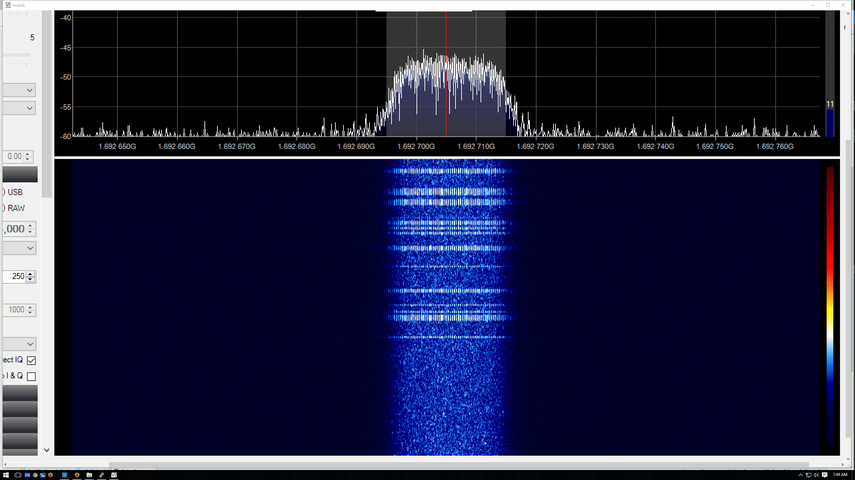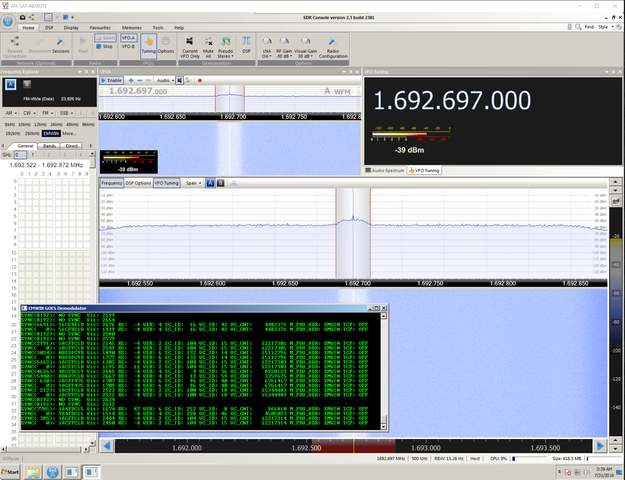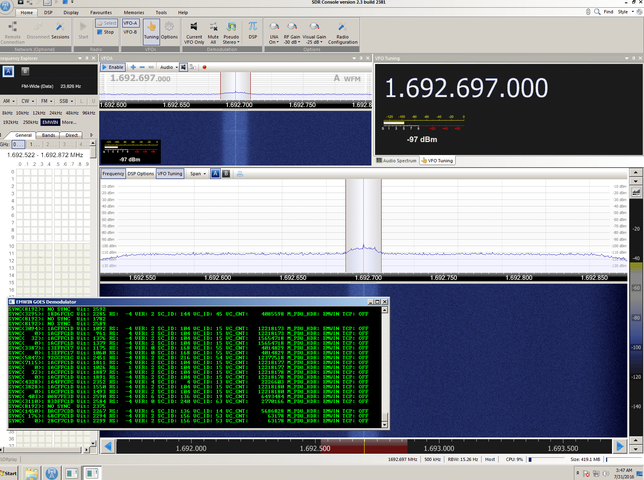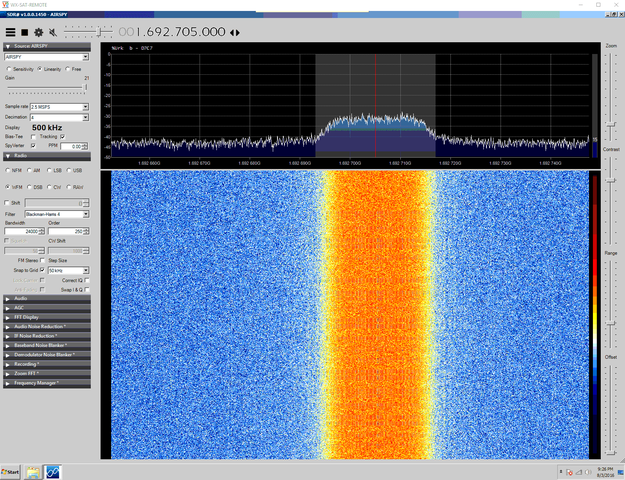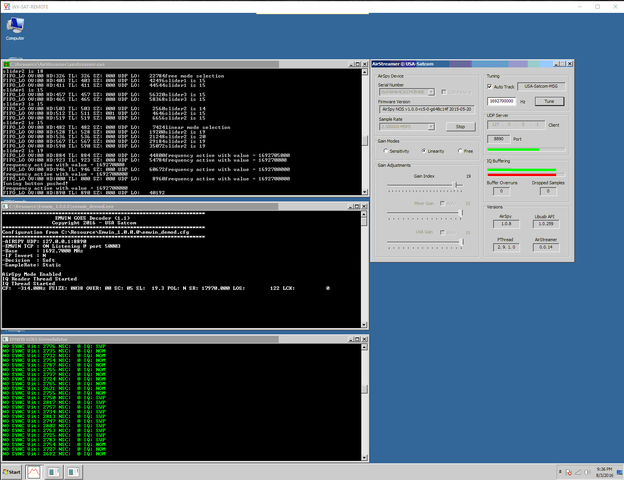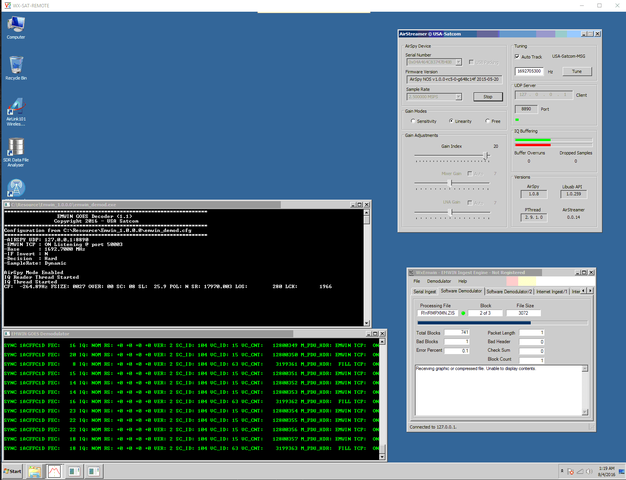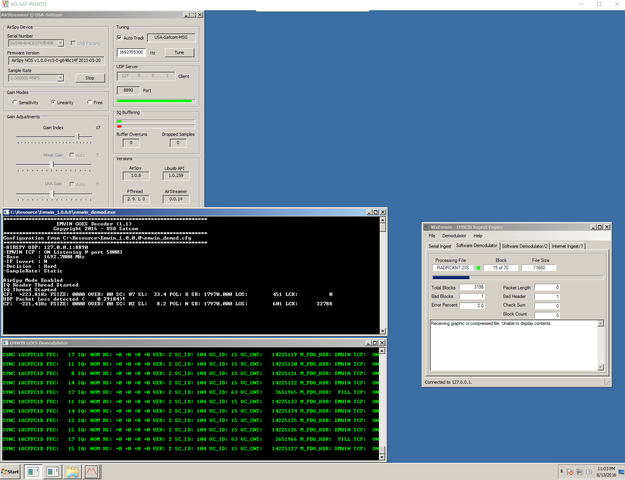Trip,
Ya, that power supply can run several moderate power rigs and a small inverter, Nice.
I didn't think a corner reflector was a very good match on a dish, but it if will work use it.
I wouldn't worry about the balun, It would cause more headaches then needed.
Times microwave cable is worth it's cost as I have used it several times here. Just make shure that you choose the proper cable for the job and use the proper connnectors at said frequency.
Doubleoh,
The GOES R page has this info and can be found here:
www.goes-r.gov/users/hrit.html
www.goes-r.gov/users/hrit-links.html
I have heard nothing more on webinars or dialogue on it. There seems to be many issues with this satellite the one mainly being it's running way behind in schedule. Some of the info I have heard is of the nature (cross our fingers and hope it works).
You can do some research of the GAO not being pleased with the running of the GOES R program.
Also a little update on the SDR EMWIN receiver here, I found that with HDSDR using the lowest sample rate provided me with a fairly low error rate signal for about 20 Min. Less than a .2 error rate.
The signal level is sill very weak (which I believe that has something to do with the sample rate as that controls how much spectrum that the SDR sees) like a bandwith filter. But that main issue after 20min is the receiver begins to drift off frequency.
With any of this digital decoding it requires a stable source, usually uses a phase locked loop (PLL) to frequency. I am about shure that my SDR does not have this and it may be the main issue for my decoder unlocking from the signal. If your software and SDR have PLL feature I would use it as it will create a stable signal source.
Mabie the higher end models already have this built in.
Also your screenshot looks like a very good signal as it's around 10 dB above noise and you can clearly see the file headers. The final results will answer the question of signal quality.
 )
)

